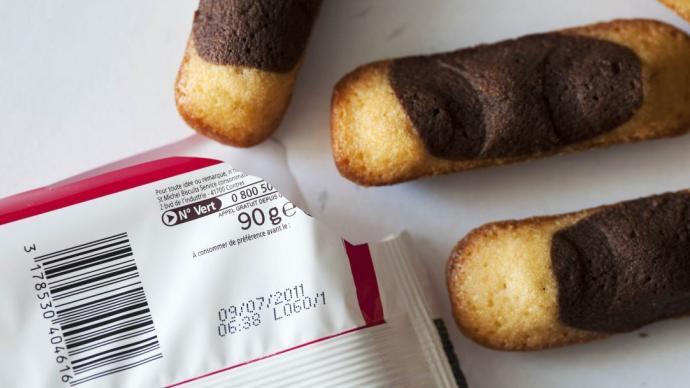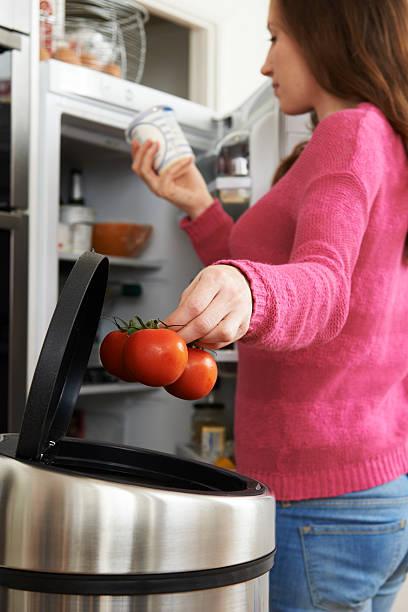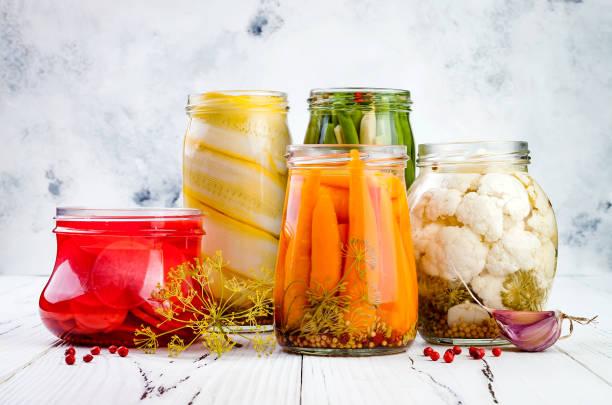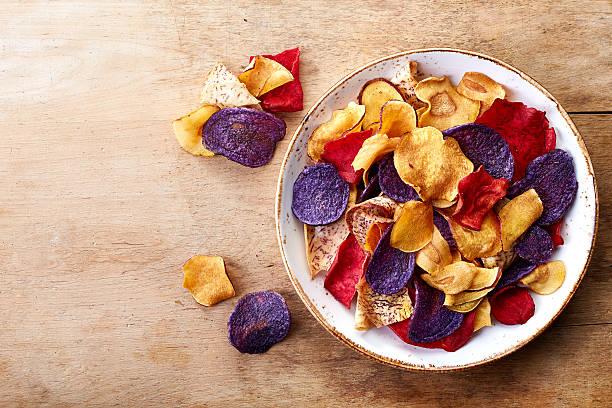When you throw away a food item, are you sure that it is no longer edible?
At a time when feeding the billions of people the planet's billions of inhabitants, is waste still tolerable? tolerable?
Today, I'd like to share a few tips with you to help you stop throwing away food that could be safely eaten.
How to find your way around labeling?
- BBD: Best Before Date consumption
It is found on rapidly perishable products perishable products, which can prove dangerous once the shelf life expired.
These include meat, fish and unsterilized food. or unsterilized food.
If there is no best-before date on your product's packaging If there's no best-before date on your product's packaging, it's replaced by the words "use by...".
In all cases, the date indicated must be respected
Eating spoiled meat or fish can be dangerous.
At the very least, you'll get away with diarrhea. diarrhea, but at worst, you risk life-threatening septicemia. in danger.
It's important to understand that by consuming food beyond its use-by date, you expose yourself to two levels of poisoning :
Take tainted meat, for example.
is, first and foremost, a playground for bacteria such as staphylococci.
staphylococci.
This is the first level of poisoning.
Then, a second level of possible poisoning is the toxins produced by these same bacteria.
Because even if you cook expired meat, most certainly destroying the germs in the process, you're still not safe from intoxication.
The toxins produced by bacteria can cause severe, sometimes fatal, allergic reactions.
Conclusion :
If the best-before date has passed, don't question your product must end up in the garbage can.

- MDD: Date de Durabilité Date (formerly DLUO)
This is the equivalent of the words: "Best before...". best before...".
This time, it's only a "best before" date. consumption date.
If the packaging has not been opened, you can after the date indicated, with a greater or lesser margin:
- If the DDM is indicated in day/month/year", you can safely consume your product up to 3 months after the date.
- If the DDM is indicated in " month/year", you have up to one and a half years after the date.
- If the DDM is indicated in " year", you have a margin of more than a year and a half after the date.
In general, the DDM concerns dry foods (pasta, lentils, semolina, condiments, cookies, coffee...), dehydrated products dehydrated products (powdered milk, purée...), canned goods, sterilized products (soups, juices, UHT milk, etc.) and frozen products.
If you consume these products after the DDM, these products may have lost much of their original nutrients and you'll simply notice a change in taste.
There is, however, no risk of intoxication. of intoxication.
- RCD: Recommended Recommended
It only appears on egg cartons.
Up to 9 days after laying, the egg is considered "extra-fresh". considered "extra-fresh", between 10 and 28 days it's "fresh", and beyond the beyond the DCR, the egg remains edible under certain conditions.
The recommended use-by date is given for guidance only.
An egg that has been well stored in a cool place with no cracks in the shell can be consumed within 30 days of the following DCR.
If you're in any doubt, there's a simple method to find out whether or not your eggs are still edible.
Simply plunge them into a bowl filled with water and observe their position once submerged:
- If they sink to the bottom bowl, they're fresh.
- If they stand upright or float in the middle of the bowl, they're beginning to look "borderline".
In this case, it's best to eat them as hard-boiled eggs, for example.
- If they float to the surface, they are no longer consumable.
Now all you have to do before deciding what to eat and what to throw away.
A few common sense common sense
Beyond the recommendations on the packaging our senses is also an excellent way to avoid poisoning ourselves. poisoning.

- The first thing that should strike you when you're about to eat or cook a food is its smell.
If you don't like it, don't procrastinate: head for the garbage can!
Fresh food doesn't smell bad!
- If the food has an unusual color (meat turning brown or greenish, for example), or if mold has formed, don't hesitate: throw it out.
The only exceptions are jam and hard cheeses (Emmental, Gruyère, Comté, etc.).
If the top is moldy, simply remove the top layer; the rest is safe to eat.
- Finally, your touch can also help.
If your meat or fish is sticky, it's best not to eat it.
How to store to save?
The best way to stop wasting food is to is to store your food properly. With certain methods, you can even multiply their shelf life by five! That's one hell of a way to save money and for the planet.
I am thinking in particular of :
- Vacuum packing
This method has the great advantage of preserves the flavor of the food.
By investing in a small machine, you can preserve almost anything fruit, vegetables, fish, meat, cheese, cakes, leftovers and even bread, cakes, leftovers and even bread.
- Bottling
It goes through a sterilization stage at over 100°C.
Simply keep your jars in boiling water for the duration of the sterilization process (this time depends on the food).
I strongly advise you to use jars and jars specially designed for sterilization to avoid any disappointment (forget empty jam jars...).
Once your jars are ready, the recommended shelf life is is 12 months, but if you've done your homework properly, you can keep them for up to 5 years!
If you don't know how to get started, you'll find plenty of there's plenty of information on the subject on the Internet, including the site of the leading glass jar manufacturer.

- Fermentation
This is my preferred method.
It gives a special flavor to food and is excellent for your health.
Fermentation transforms simple foods into superfoods.
We know, for example, that fermented vegetables contain more vitamins.
Fermentation performs a kind of "pre-digestion" of food thanks to the enzymes produced during the process, making it easier to digest and assimilate the nutrients it contains. nutrients they contain.
Another major advantage of fermentation is that it the development of probiotics that are extremely beneficial to the intestinal flora.
- Dehydration

Appliances for dehydrating food at home at home are now available to everyone.
First prices are around 60 euros3.
Dehydration enables food to be preserved food over a long period.
Another advantage is that flavors are often (think dried tomatoes, for example).
With a dehydrator you can make :
- dried fruit ;
- vegetable potato chips ;
- aromatic herbs ;
- your own dried plants for your herbal teas;
- meat or fish or fish...



